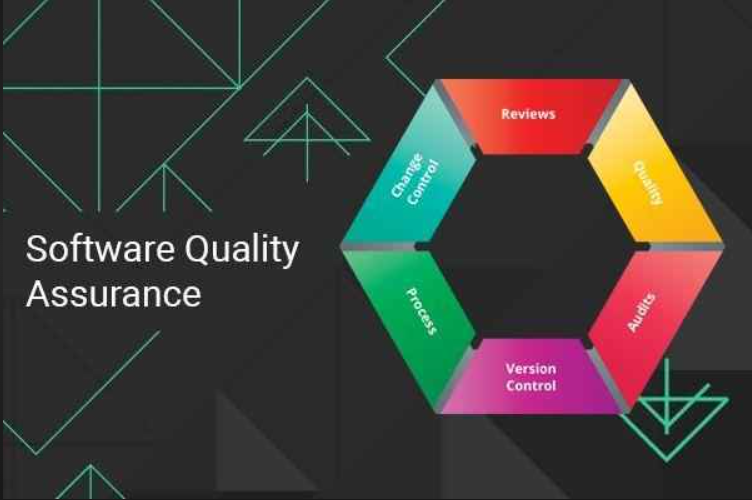Ensuring Software Quality through Software Quality Engineering
Software teams utilize a comprehensive collection of procedures, instruments, and approaches known as software quality engineering to guarantee that their products are up to the highest standards of quality. The main objectives are to: – Prevent faults rather than merely discovering them afterwards. The whole software lifecycle, from requirements through deployment and maintenance, must include engineering practices. – Make quality attainment the duty of the whole company, not just testers.
Primary Focus Areas
Testing:
Analyzing software systematically using both human and automated testing. include organizing, carrying out, evaluating, and reporting on tests.
Inspections:
Examining early drafts of the code, designs, and other artifacts to spot problems before they arise.
Metrics:
Establishing and monitoring quantifiable quality indicators over time, such as statistics on production monitoring, test coverage, and defects.
Process Improvement:
Iterative feedback loops are used to continuously improve development and testing practices. using Six Sigma and Total Quality Management (TQM) methodologies.
Automation:
To cut mistakes and boost productivity, repetitive verification processes may be automated.
Culture:
Fostering a quality-oriented corporate culture via cooperation, leadership development, and training.
Understanding Software Quality Engineering (SQE)
A subject within software development called Software Quality Engineering (SQE) is dedicated to assuring the quality of software products throughout their entire lifespan. Delivering software that is dependable, functional, safe, maintainable, and performs well is the goal of this collection of practices, procedures, and approaches.
SQE entails a number of procedures that are included into the software development process in order to spot, stop, and fix flaws and quality problems. These actions consist of:
Quality Assurance (QA)
The creation of procedures and standards that direct the development team in delivering high-quality software is known as quality assurance (QA). The primary goals of QA activities are defect prevention and ensuring that best practices are followed throughout the whole development process.
Testing:
An important component of SQE is testing. It entails planning and carrying out a variety of tests, including performance tests, system tests, integration tests, and unit tests. Finding errors and making ensuring the software works properly in various situations are the objectives.

Test Automation:
Especially in continuous integration and continuous delivery (CI/CD) pipelines, automating tests makes it easier to execute them frequently and consistently. This increases effectiveness and lowers the possibility of human mistake.
Continuous Integration and Continuous Delivery (CI/CD):
Automating the development, testing, and deployment processes is the basis of the Continuous Integration and Continuous Delivery (CI/CD) practices, which aim to provide software more often and with more consistency. They are essential to SQE because they support maintaining a level of quality across all releases.
Code Reviews:
Regular code reviews include experienced developers looking at other people’s code changes to find bugs, make sure coding standards are followed, and enhance the overall quality of the code.
Defect Tracking and Management:
Tracking and managing defects is crucial for ensuring that problems are fixed promptly and improving the quality of the software. Defects may be discovered during testing or after the software has been released.
Metrics and Reporting:
Information on many elements of the development process, including as defect density, test coverage, and code complexity, is gathered and analyzed to assist evaluate the software’s quality and spot potential improvement areas.
Process Improvement:
Based on customer input, data analysis, and lessons gained from past projects, SQE incorporates a continual improvement process. To improve software quality, it seeks to improve development practices.
Security and Compliance:
SQE also handles security issues by putting secure coding practices into effect, conducting security assessments, and making sure that relevant laws and standards are followed.
User Experience (UX) and Accessibility:
Another aspect of SQE is the user experience (UX) and accessibility of the software. Positive UX and accessibility for persons with impairments must be guaranteed.
To guarantee that the finished product is of high quality, satisfies user expectations, is dependable, maintainable, and secure, Software Quality Engineering is a comprehensive strategy that addresses many different facets of software development.

